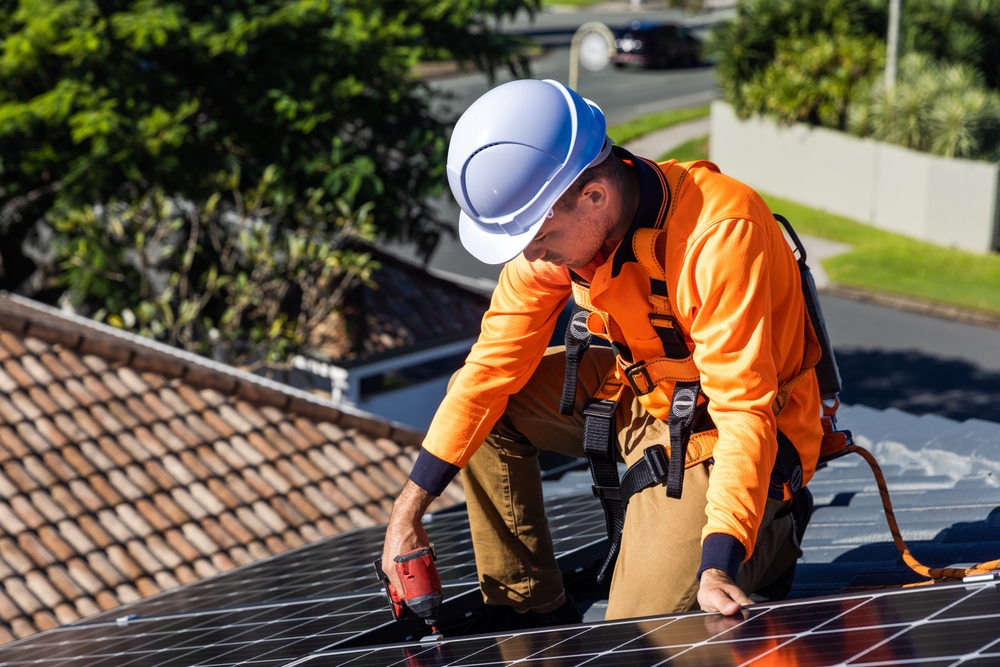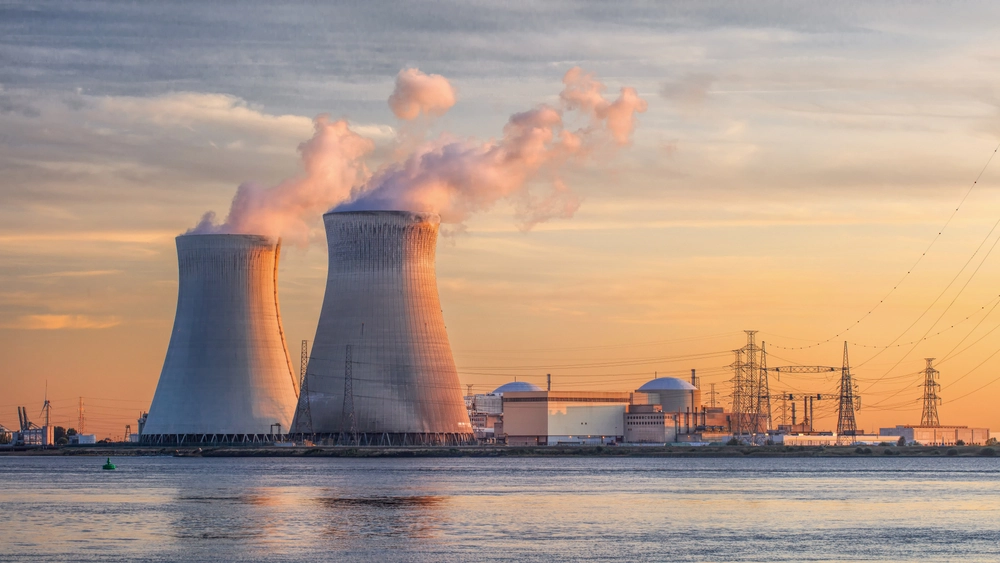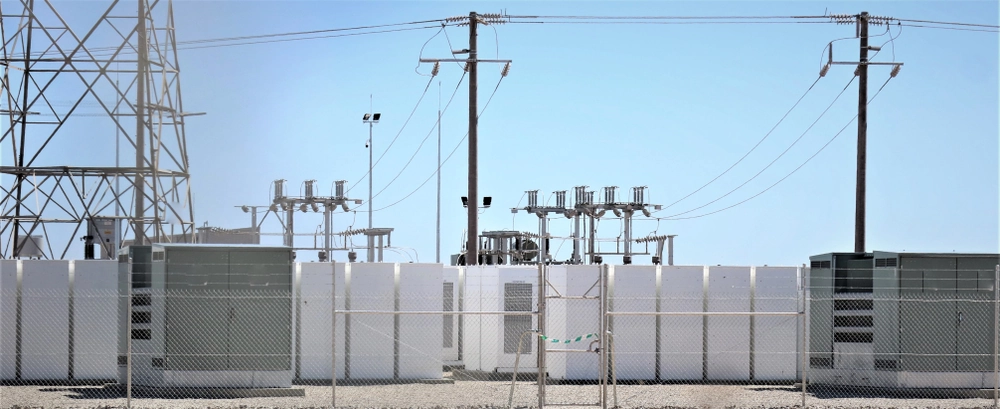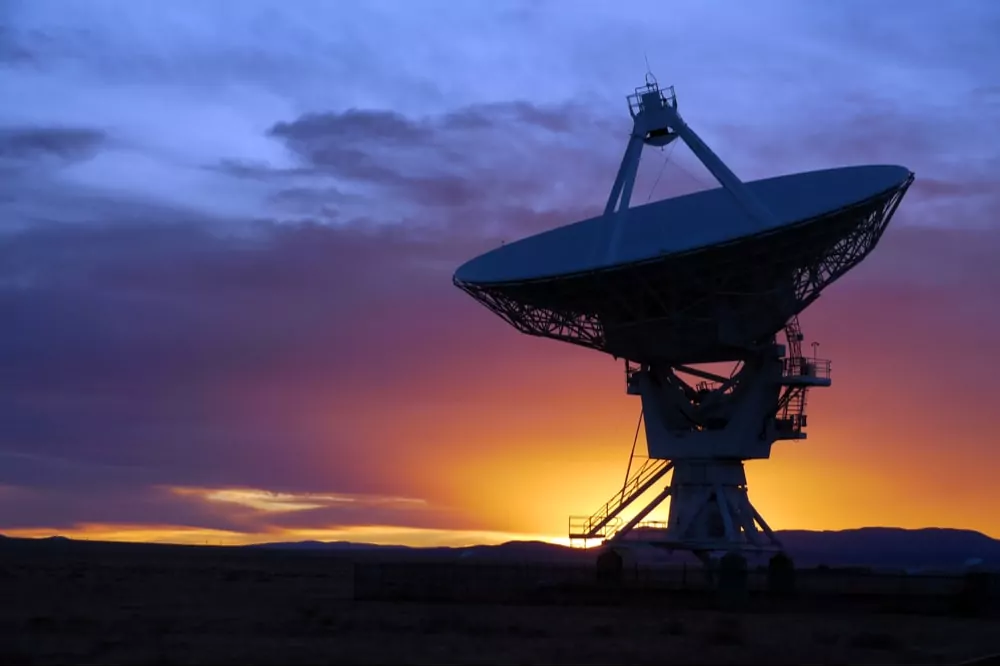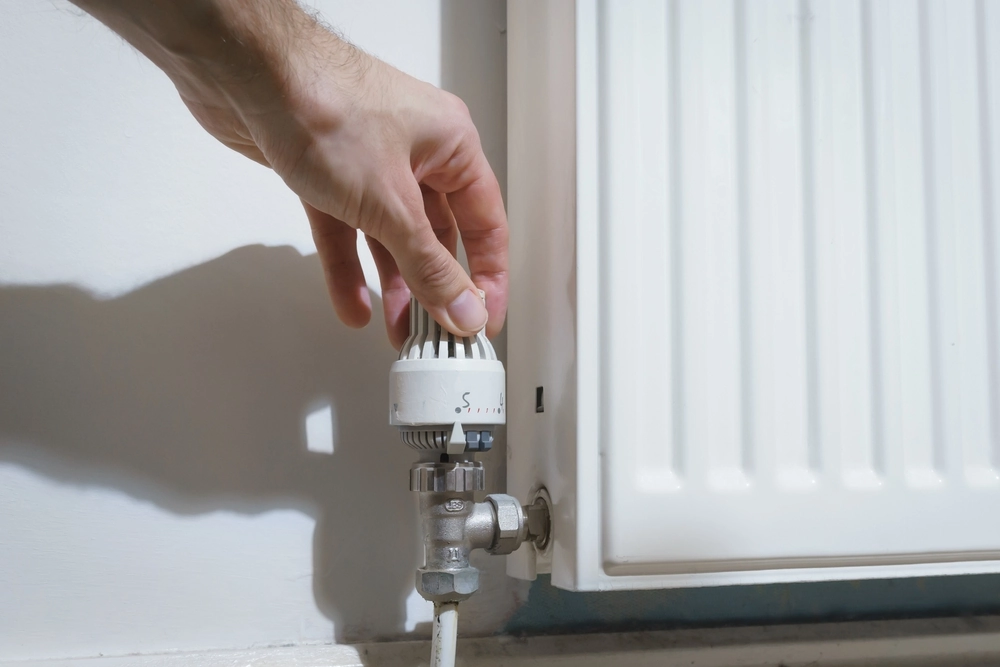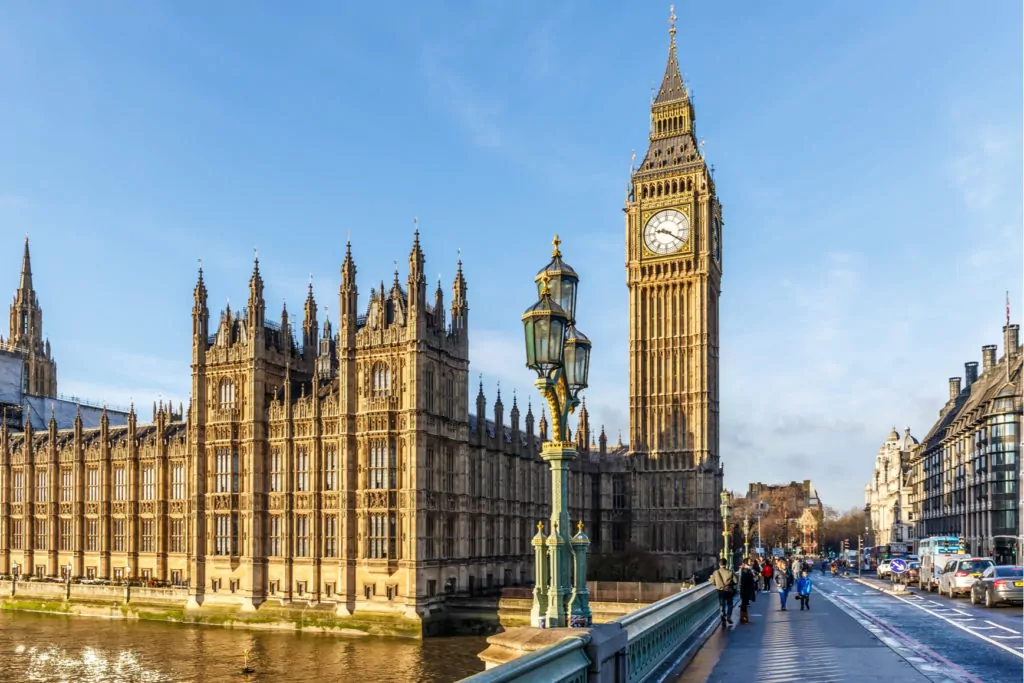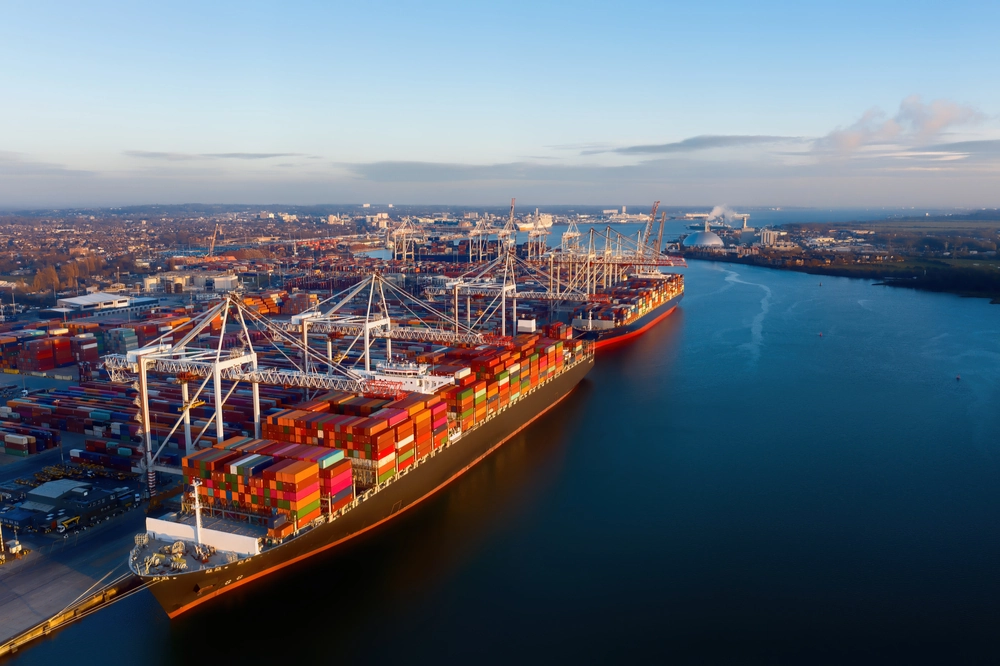
SpaceX debris: law and the environment

By John Catchpole, Halo Garrity
14 Feb 2025 | 5 minute read
"Space is hard" is a refrain often heard in the sector, an open acknowledgement that in pushing the boundaries of the possible some failures are inevitable. On 16 January this year, SpaceX experienced a failure when its Starship rocket broke up during a test flight and sent flaming debris cascading back down to Earth in dramatic images.
Those media friendly images of sky fireballs have sparked conversation about legal liability and the potential of property damage claims. In this article our space law experts discuss what will, and what perhaps should, happen next.
The Incident
On 16 January SpaceX was conducting the seventh test flight of a giant Super Heavy-Starship rocket, taking off from Boca Chica, Texas. The first stage of the mission was successful and the Super Heavy flew back to the firing stand where it was plucked out of the sky by the giant mechanical arms of "Mechazilla" on the launch tower.
The Starship section had been lifted clear of the upper atmosphere and continued towards space. However, after about eight and a half minutes it became clear that something was wrong as telemetry was lost. What happened next was caught on multiple cameras and uploaded across social media platforms. The Starship experienced what SpaceX refer to as an RUD: rapid unscheduled disassembly. From the ground the RUD appeared as a fireball with smoking debris tails.
The Response
The US Federal Aviation Authority (FAA) activated a Debris Response Area. The FAA also slowed aircraft outside the debris fall area or stopped aircraft from taking off at their departure location. As reports of property damage on the Turks and Caicos Islands came in, the FAA confirmed that it was working with SpaceX and appropriate authorities to confirm those reports. No reports of injuries have been received.
The FAA is requiring SpaceX to perform a mishap investigation. SpaceX had already set up a "debris hotline" and urged anyone finding Starship wreckage to report it. The FAA has stated that "a return to flight is based on the FAA determining that any system, process or procedure related to the mishap does not affect public safety".
Public Response
As reports of property damage circulated on social media commentators mused about the possibility of legal cases. We've written before about space debris claims, with NASA finding themselves the recipient of a lawsuit last year. It remains to be seen if there has been significant property damage caused by the SpaceX debris, and whether any property owners affected will progress to attempting legal claims.
Somewhat more imaginatively, others wondered if there could be claims for the delayed and diverted flights. Although predicting the future is challenging, a brief look backwards shows that this has not been attempted in similar circumstances. In November 2022 Spanish airspace was briefly closed as the remnants of China's Long March 5B rocket fell back to Earth. Despite the delays, no affected airlines or passengers are known to have attempted legal action. For now at least, the aviation industry is bearing the risk and cost of the space and satellite industry, but it will be interesting to see whether this remains the case if the cadence of launches increases and further incidents arise which have a financial impact on the aviation industry.
Looking slightly further back, in May 2020 the second launch of the same Chinese Long March 5B suffered an uncontrolled re-entry of the rocket's core stage with reports of the debris causing property damage for at least two villages in the Ivory Coast. Again, no legal action is known to have been attempted.
Mishap Investigation and Environmental Impacts
In the US, a mishap investigation is designed to enhance public safety, determine the root cause of the event, and identify corrective actions to avoid it from happening again. SpaceX will be carrying out the mishap investigation itself, but with the FAA providing oversight. Some mishap investigations conclude in mere weeks, others take several months.
The main focus of the investigation is safety. Of note however is the final bullet point that the FAA lists as one of the factors it takes into consideration when determining whether an operator's vehicle may return to flight:
"The potential for any Environmental Impacts resulting from the mishap."
The US National Environmental Policy Act (NEPA) requires all federal agencies to assess the environmental impacts of their proposed action(s) prior to making decisions. This means that the FAA is well versed in considering environmental impacts through Environmental Impact Statements (EIS) and Environmental Assessments (EA).
To our knowledge no space mishap investigation has resulted in a grounding for environmental impacts. The impact on the environment of significant space debris falls is largely unknown. (The ecological impact of rocket launching has been more comprehensively studied.)
Launch plans often schedule in for debris to fall back to Earth, crashing into water. There is little consensus on how this planned debris affects the marine environment although findings from a 2017 study from the New Zealand National Institute of Water and Atmospheric Research provide some localised data.
The study considered, amongst other possible effects, direct strikes, underwater noise disturbance, toxic contaminants, and the smothering of seafloor organisms. Of particular note is the unsurprising conclusion that cumulative impacts were an important consideration in the risk assessment. At 10 launches, there is a minor risk. At 100, the risks could be moderate, and at 1,000 they could progress to high.
Up until now little has been said about the environmental impact of rocket failure and debris. Concern has been largely focused on safety and cost. As the number of launches rapidly increases however the amount of debris we can expect likewise increases, both the planned falls into water and the unplanned across both water and soil.
Our thoughts
Many space businesses and organisations have a clear focus on protecting the Earth environment and build environmental considerations into every stage of their lifecycle, from procurement through to launch and even unplanned events. As the public starts to ask questions about space debris falls being able to demonstrate consideration for public safety and environmental impacts will become increasingly important, not to mention a potential regulatory requirement.
US legislators are likely to be reluctant to impose greater burdens on operators unless this becomes seen as a necessity. The current administration is also known to favour cutting regulations and therefore an increase in environmental regulatory requirements is unlikely to happen soon, in the US at least. If, however, the dramatic images of fireballs in the sky become more frequent and data shows significant environmental impacts regulators may be forced into action. Individuals affected by debris falls may also look to legal action to address harms, however speculative that may currently seem. It would be preferable for industry best practice to drive the right behaviours before that happens.
Our team of space lawyers have experience working collaboratively with environmental impact assessors and ensuring clear answers on environmental impact are accessible throughout a project lifecycle. Contact our space lawyers today to talk about how we can support your projects and showcase your efforts.




